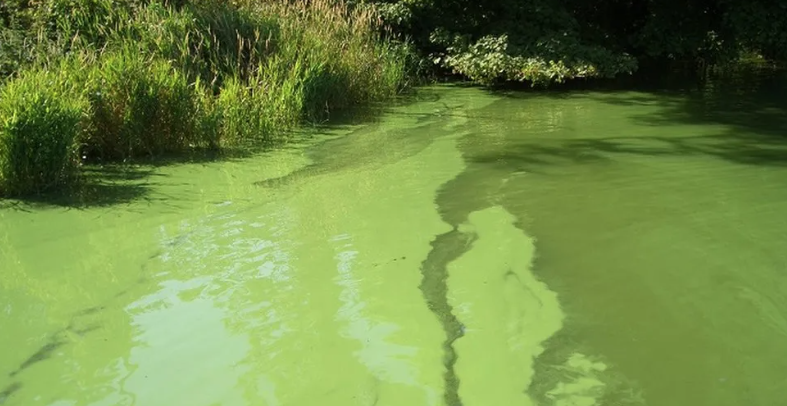
Algal Bloom VS Sewage Pollution: How to Spot the Difference
Reports of suspected sewage pollution in waterways quickly build up. Although it’s great that people have keen eyes and send reports, the majority of the time what they’ve seen isn’t even sewage pollution – it’s an algal bloom.
The two are easily confused and we can understand why!
How are they getting confused?
Both algal blooms and sewage pollution have similar looks and an awful scent. They can often be found in the same areas making them even harder to distinguish. Although it isn’t a physical attribution, they are both brought about by human activities.
Sewage Pollution:
Sewage pollution occurs when treated or partially treated sewage is released into waterways. This happens due to overflows from sewage plants, illegal discharges or faulty infrastructures.
Appearance: The water will appear cloudy and grey in discolouration. Sewage can often contain fats and oils, which create a sheen/film on the water’s surface. You may also find actual rubbish in these areas of sewage pollution.
Smell: Sewage pollution gives off a strong, unpleasant odour. Algal blooms also have a strong odour, but a different unpleasant smell.
Algal Bloom:
An algal bloom occurs when there’s an increased population of algae present in the water. This can be a result of various factors increasing such as sunlight, temperature and nutrients. While algae can be great for ecosystems, excessive growth can be detrimental.
Appearance: The blooms can vary in colour, but they are mostly blue-green on the water’s surface. They can also produce foam on the surface, which is one of the big differences to sewage pollution.
Smell: Algal blooms produce a strong odour that is similar to the smell of rotting vegetation
A simple way to identify if it’s algal blooms or sewage pollution:
A sudden grey discolouration of water alongside solid waste is a nod to sewage pollution.
Whereas, if you notice a gradual increase in blue-green patches with foam, it’s likely to be the presence of an algal bloom.
Hopefully, this will help people understand the differences between algal blooms and sewage pollution. Once you know what to look for, the different attributes are easily identifiable.
If you suspect there is sewage pollution, report the sighting to the local water management company. By doing this, you can help better protect our waterways, public health and the environment.

























